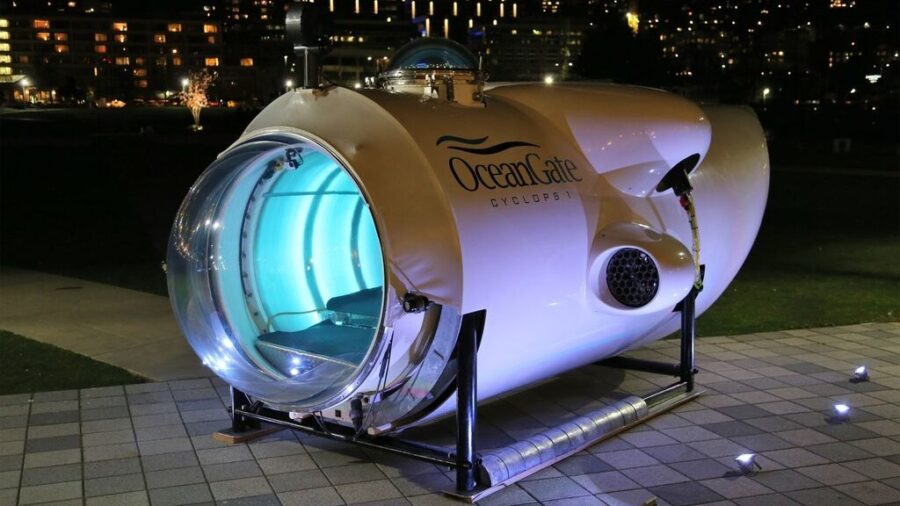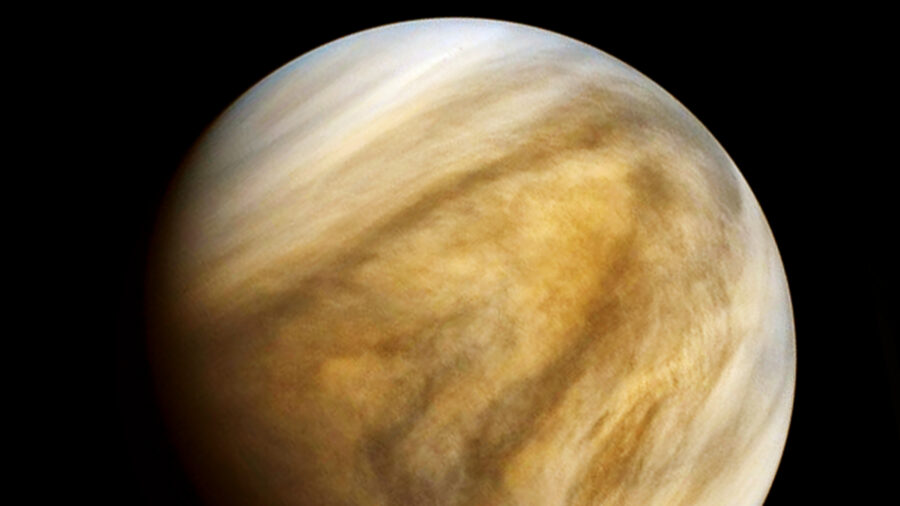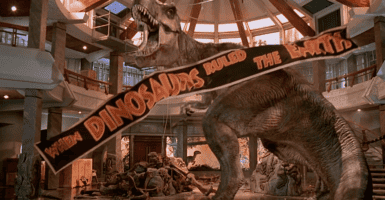Venus Colony Being Planned From Company Responsible For OceanGate Submarine Disaster

Business Insider reports that OceanGate co-founder Guillermo Söhnlein has plans to send 1,000 people to Venus to live in a small colony by the year 2050. For those of you who haven’t been paying attention to the news cycle for the past few months, OceanGate garnered an immeasurable amount of negative press after their ill-fated descent into the ocean to explore the Titanic ruins, causing the Titan submersible to implode on June 18, killing five people.
Though there is no denying that OceanGate’s most recent venture was a disaster of epic proportions, Söhnlein remains optimistic that continuing to pursue his life-long dream of creating a Venus colony will drive innovation and ultimately save humanity in the long run.
“I don’t think that should have a negative connotation because you could almost argue that it’s a critical element of humanity moving forward.”
Guillermo Söhnlein on the OceanGate submarine tragedy
Just like exploring the deepest depths of the ocean, forming a Venus colony will require a healthy amount of technological innovation, and poses a serious risk for anybody who would be willing to take the maiden voyage to “Earth’s Twin,” Venus. Despite some of Venus’ striking similarities to Earth in regard to its iron core and rocky mantle, its atmosphere is currently uninhabitable when you consider the fact that its mostly made up of carbon dioxide.
What’s more, Venus’s atmospheric pressure is 90 times higher than what Earth boasts. And that’s not even the worst part.

The surface temperature (900 degrees Fahrenheit) on Venus is capable of melting lead, and the typical rain storm that would happen over a Venus colony is basically death from above in the form of sulfuric acid. In other words, should a space station be constructed in an effort to eventually lead to the formation of a Venus colony, it needs to be built under the assumption that it will take quite a beating upon arriving to the second planet from our sun.
Despite some of Venus’ striking similarities to Earth in regard to its iron core and rocky mantle, its atmosphere is currently uninhabitable
The entire concept of sending 1,000 people to Venus to potentially live there seems crazy, but Söhnlein asserts that his vision is no more outrageous than colonizing Mars with a million people on a similar timeline.
Skeptics of Söhnlein’s Humans2Venus venture are obviously concerned about what safety protocols will be considered for the Venus colony that he envisions. And when you consider what happened to the Titan submersible just weeks ago, they’re right to be guarded about Söhnlein’s vision of turning humans into a “multi-planet species,” a dream that he’s had since he was 11 years old.
Though Söhnlein’s former partner and friend Stockton Rush met his demise just six hours into OceanGate’s Titan submersible mission, he stated that they were both aware of the risk, and that calculated risks are important if humanity wants to continue moving forward with technological innovations.
Should a space station be constructed in an effort to eventually lead to the formation of a Venus colony, it needs to be built under the assumption that it will take quite a beating upon arriving to the second planet from our sun.
Despite OceanGate’s most recent, and highly publicized disaster, Söhnlein remains optimistic about one day seeing humans living in a Venus colony. In regard to the Titan tragedy, he stated, “I don’t think that should have a negative connotation because you could almost argue that it’s a critical element of humanity moving forward.”
While he’s not wrong to think this way about past failures hindering one’s ability to continue thinking ahead, it goes without question that when human lives are potentially at stake, he needs to consider the safety of those involved with the Humans2Venus initiative.












